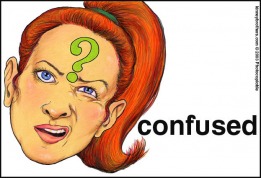What Is A Percentage Yield?
Well, Shoot! What Are The Odds?!

Suppose you're in a lab and doing predictions on limiting reagents and your results say you should get 25 grams of a product. How close do you think you can get to exactly 25 grams?
Well, the answer is easy to find. Its the percentage yield!
Percentage Yield = Actual Yield * 100
Theoretical Yield
Your percentage yield is the percent of the theoretical yield that you actually have in your result. As expressed in the formula above, the percentage yield is the actual yield divided by the theoretical yield all multiplied by 100.
Wait...What's A Theoretical Yield? Or An Actual Yield For That Matter?

The theoretical yield is the amount of product produced assuming that all of the reagents are completely consumed and converted into the product. When solving for the number of product produced, the theoretical yield is the exact answer. Its called theoretical because in experiments the exact yield isn't usually exactly reached.
You've been using theoretical yield this whole time without knowing what it was called!
In the real world, we don't always use the theoretical yield. This is because sometimes getting the exact theoretical yield takes too much time. In reality, it can actually be more beneficial to get things done faster with some product created than to do things slower with maximum amount product created. Chemists can speed up reactions and therefore don't always get the maximum yield. This is how you get the actual yield.
The actual yield is the yield you actually get in your specific experiment. Depending on your accuracy, the difference between your actual and theoretical yield can vary.
